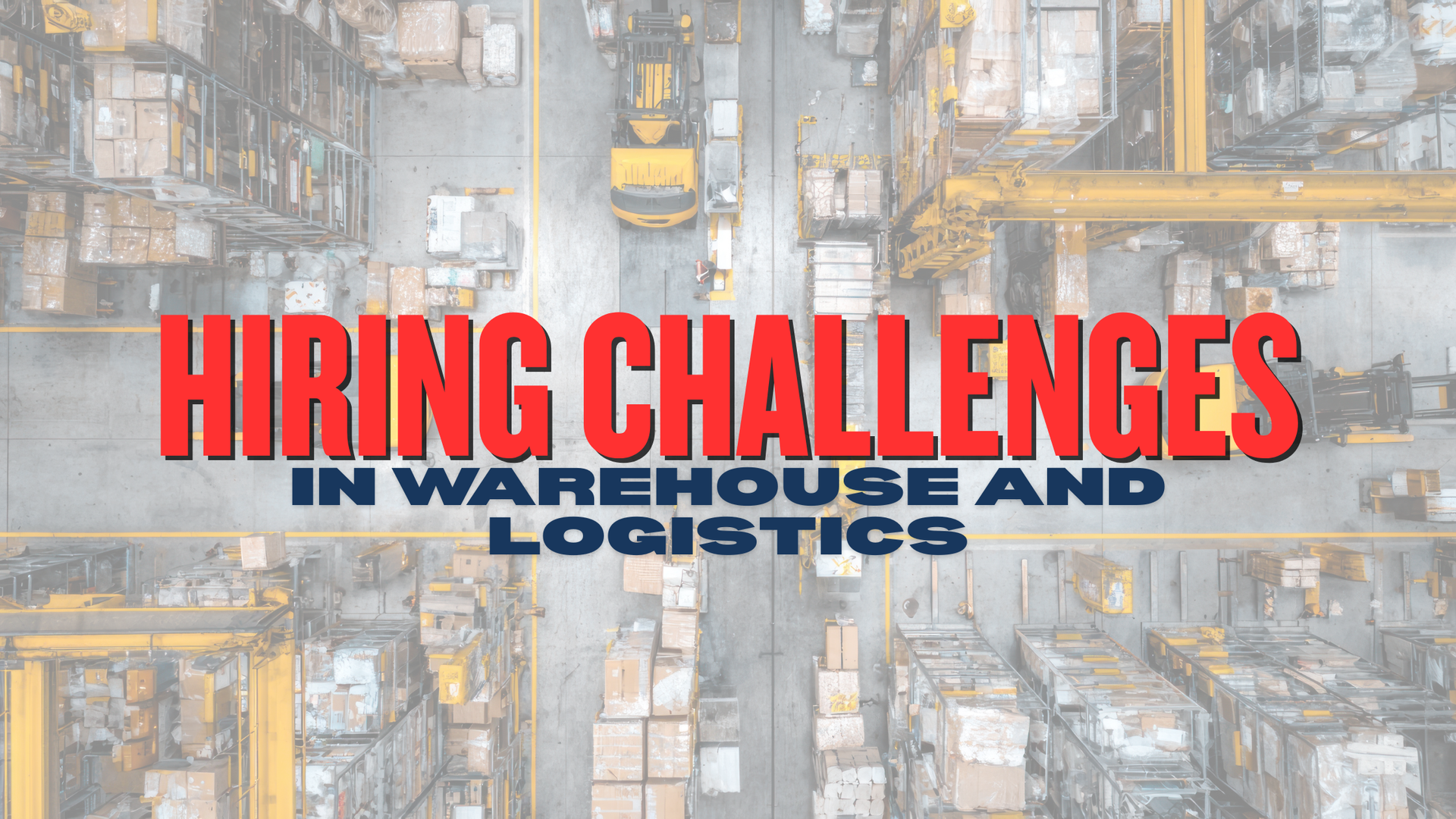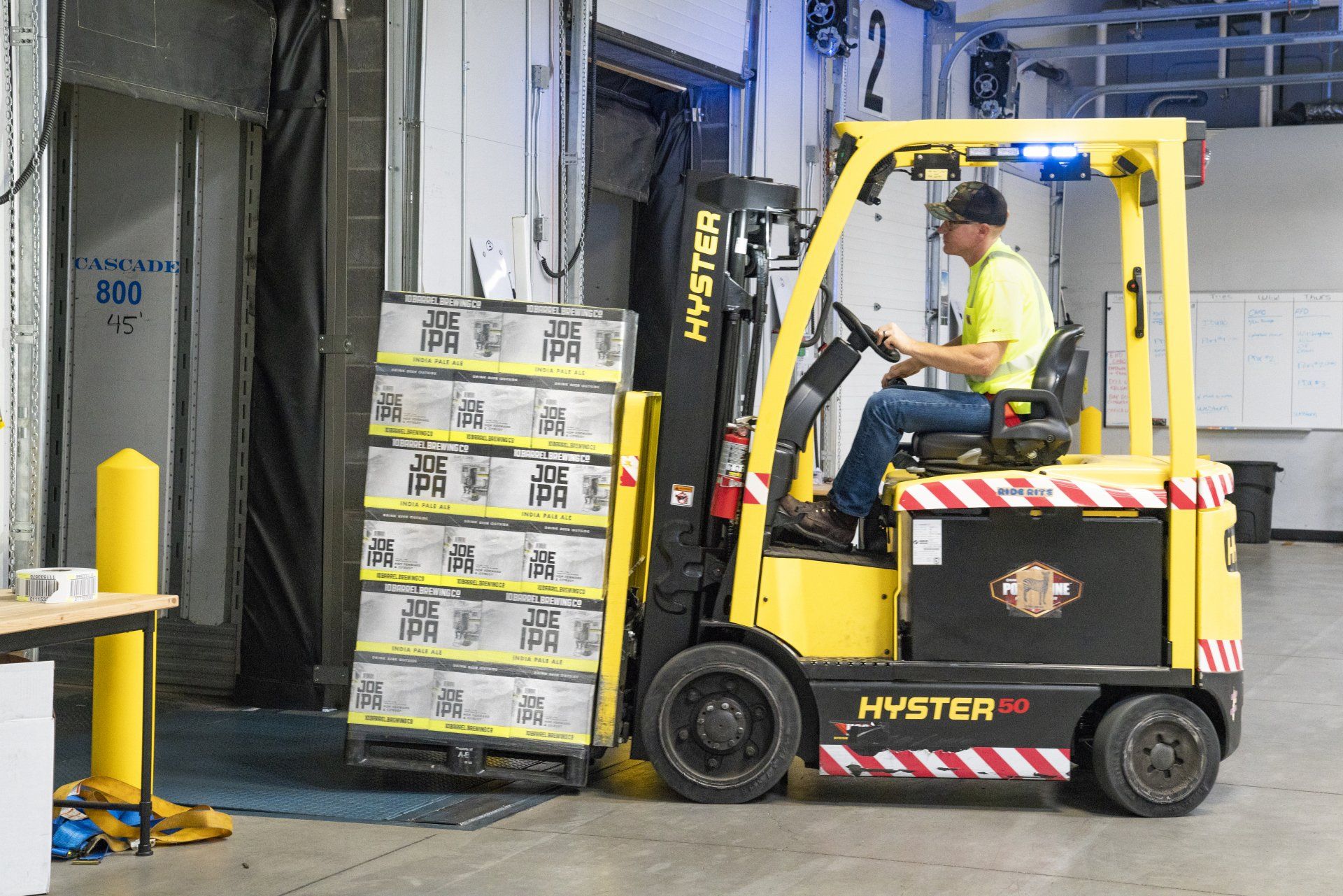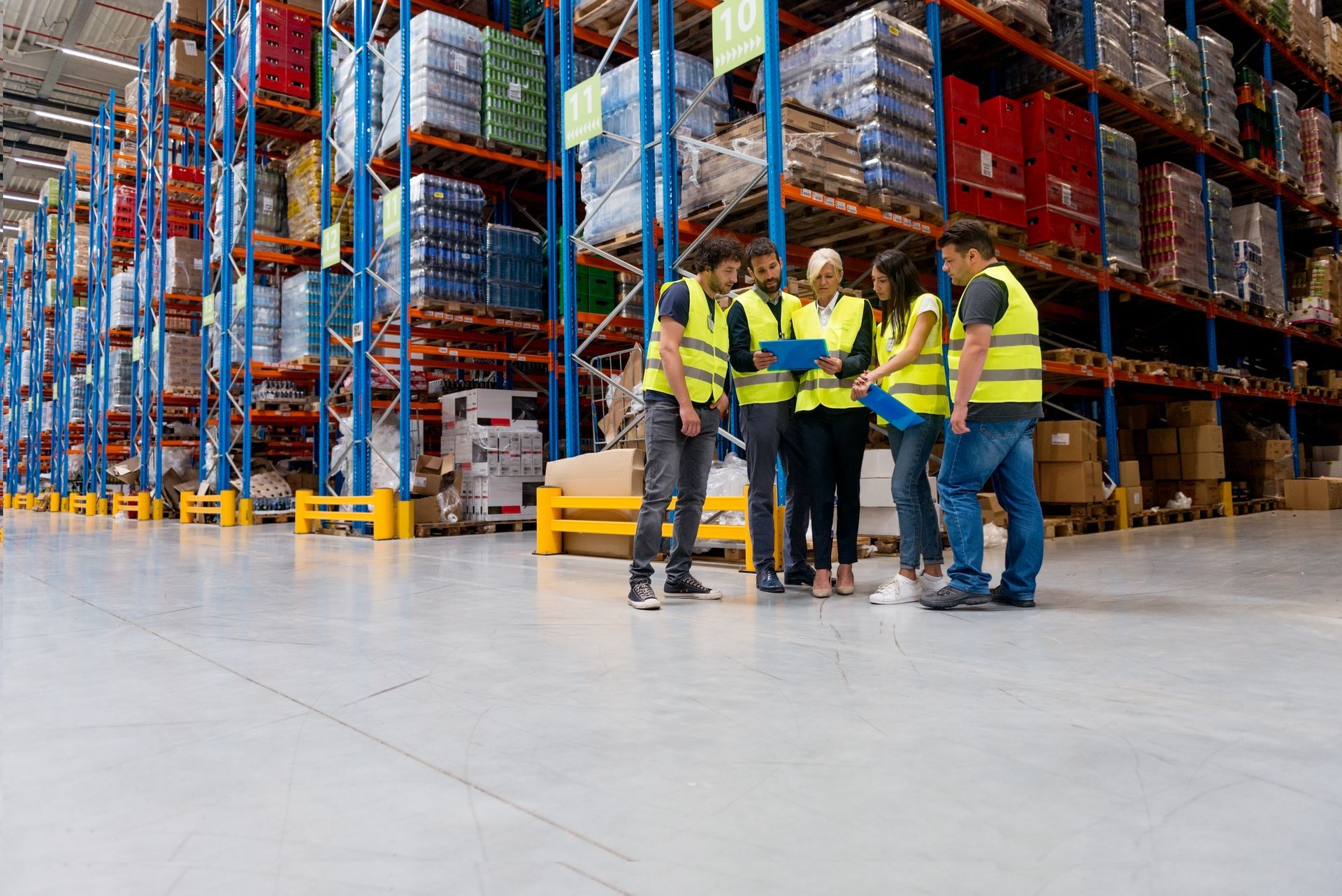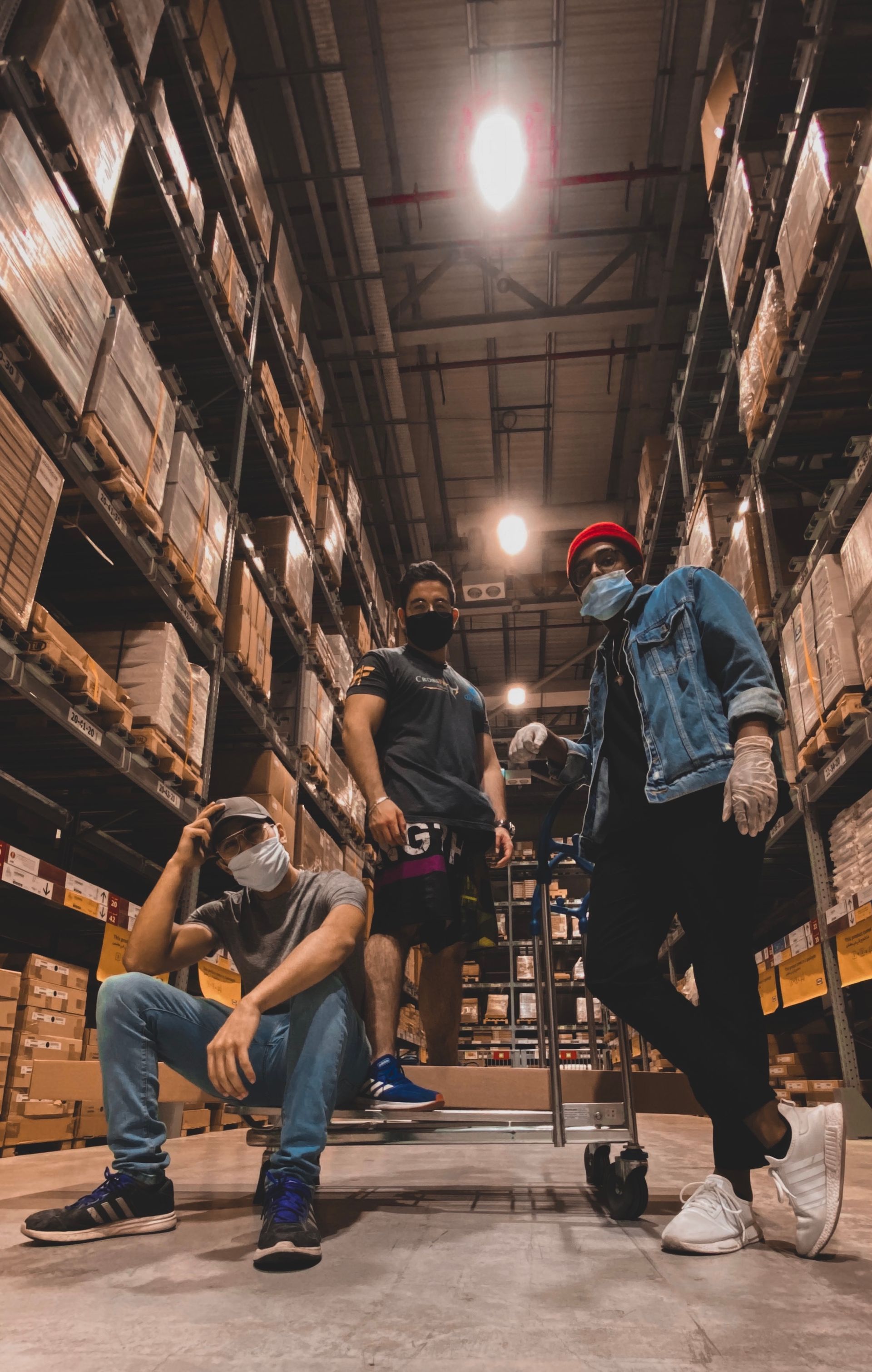Creating A Mentally Healthy Workplace
When considering health and safety in the workplace, it is common to forget about mental health. Within the last century, mental health has been recognised as an important part of our health. It is now an aspect of health that we are focused on as poor mental health can be just as damaging as a physical injury. It is important that we can identify how and when people are suffering from mental injury. That way, we are able to support them and find ways to prevent mental injuries from occurring in the workplace.
Causes of Mental Injury in a Workplace
There are a number of reasons why someone's mental health can decrease. Typically, it can be a combination of factors inside and outside of work that can cause a mental health injury. For an employer, team leader or manager it is important to be able to identify what parts of a workplace can affect mental health in order to create a mentally healthy space. These factors include:
- low and/or high job demand
- low/poor support
- low job control
- poor organisational change management
- low reward and recognition
- remote or isolated work
- poor workplace relationships
- poor workplace conditions, this can include:
- hazardous manual tasks
- high noise levels
- extreme temperatures
- poor air quality
Most workplaces do not realise that these factors can affect mental health. Being aware is the first step to reducing mental ill-health within a workplace and creating a mentally healthy one.

Mentally Healthy Workplace
So, what defines a mentally healthy workplace?
A mentally healthy workplace refers to a workplace that is conscious of mental health and helps to prevent mental ill-health. This involves identifying the risks listed above, managing them from an early stage and supplying support. Not only this, it includes enforcing positive work-related factors that support and encourage employees.
Having a mentally healthy workplace is not just the responsibility of a manager or leader, it is everyone's responsibility. In fact, under the OHS Act 2004, both employers and employees have a responsibility in the workplace when it comes to mental health. To find out more about this, visit the Worksafe website. Due to this, everyone in a workplace including employees and contractors should consider and enforce the following:
- Mental health being considered in every way you do business
- Support for mental health is tailored to both teams and individuals
- Everyone contributed to a culture where mental health is supported and people feel okay to talk about it freely
Workplace Management
For managers and leaders, there is a number of ways to enforce a mentally healthy workplace. For most, these points already are a part of their leadership style. If not, it can easily become apart of it. Some pointers include:
- Demonstrating a commitment to mental health
- Respectfully managing workplace relationships
- Treat your employees fairly and with respect at all times
- Demonstrate zero-tolerance for bullying
- You are accessible and willing to listen
- Positive feedback in constructive ways
- Provide recognition and rewards for good work
- Ensure your employees have a safe workload
- Communicate clear and openly in a timely manner

Mental Ill-Health Response
When suffering from mental ill-health whether you are just an employee or you are a manager, you must know how to respond. There are a number of steps involved but everyone's illness and journey is different. This can include seeing a GP or seeing a Psychologist to receive treatment. It is also important to talk to your boss to inform them of your situation and assess how they can support you at work. For more information about responding to your own mental ill-health, visit the Worksafe website.
Overall, mental health is just as important as physical health, inside and outside of a workplace. For employers, you must consider mental health when you are creating a new business, running a business or hiring a new employee. Implementing the above will help your workplace become mentally healthy and feel cared for at work. As workers, it is important you speak up and feel comfortable talking about mental health within a workplace.
For more information about mental health at work, visit the Worksafe website HERE.
